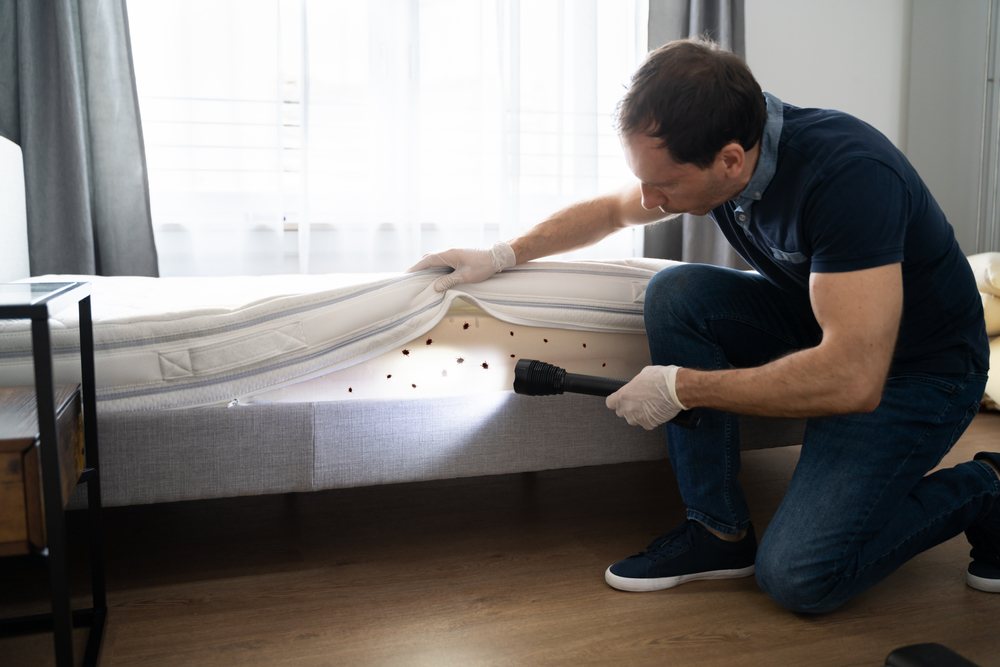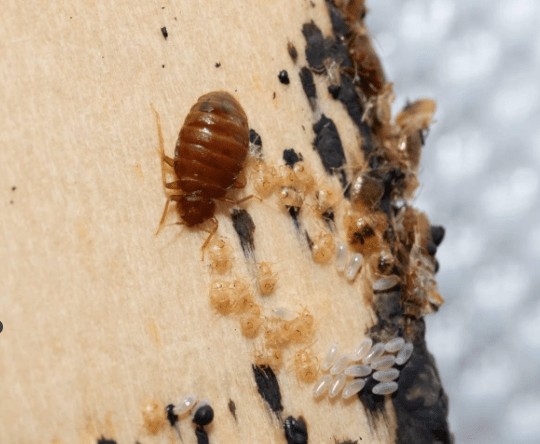So you’ve found an infestation of bed bugs.
The nightmare-ish insects that crawl, bite, and spread easily.
These creatures can turn your day-to-day life upside down.
Whether it be from constant skin irritation or mental distress…
Bed bugs are typically a long-term problem.
In fact, according to the National Pest Management Association, exterminators say that bed bugs are among the hardest indoor pests to kill.
On top of that, they can latch on to your clothes or belongings, and travel home with you if you were exposed.
That is why there has been a reported bed bug case in EVERY state in America.
With 1 in 5 Americans having personally experienced bed bugs or knows someone that has.
But before you burn your bed and permanently cordon off the infested areas…
Let’s explore some options for effective treatments that will get rid of these nasty pests for good.
Page Contents:
What is the Most Effective Bed Bug Treatment?
Between doing the treatment yourself and having a professional take care of it, it’s best to have pest control experts examine the problem area and recommend a proven solution.
Bed bugs require very specific treatment, one that won’t necessarily work well for other, similar-looking insects.
This is why it’s best to seek the help of a professional, to accurately diagnose and solve your unique infestation.
Can you list the different bugs that look like bed bugs?
Do you have training and certification for killing these tiny pests?
Have you ever held a bed bug egg, nymphs, or mature bed bug and observed them up close?
Well the experts have, and They know what they’re doing.

Generally speaking…
Bed bug treatments can be broken down into 4 categories.
1. Heat treatments
This is considered the most effective treatment. With this method, specialists will bring the temperature in your dwelling will up to 130 degrees F, to a temperature where bed bugs can no longer survive.
To help you decide whether this is the option for you…
Let’s break down this treatment even further.
Heat Treatment Benefits
- Heat only requires one treatment. While other bed bug treatment methods require multiple follow-up treatments, an industrial heat treatment can eradicate an entire infestation in one day (if done correctly).
- Good for the earth. Typically, this method is the most environmentally friendly and does not contain any harmful pesticides.
- You’re not driven from your home for days. Usually you can return to your residence within a few hours after treatment.

Heat Treatment Downsides
- It’s expensive. Out of all the bed bug treatments out there, this is probably the most expensive one. Depending on the size of your house, heat treatments can cost up to $5,000 dollars in some cases.
- Equipment is not discrete. Heat treatments require a lot of industrial equipment (essentially big heaters). For this reason, your neighbors can probably see what’s going on.
Aside from those two downsides, this treatment is considered the top option. In fact, bedbuglawyer.org officially recommends this treatment over others.
To learn more about this treatment option. Check out our official guide.
2. Chemicals & Pesticides
Insecticides are known as the status quo, and considered the most conventional treatment method out there. In general, chemicals and pesticides do not work instantly, and treatment will take several sessions over the course of a few weeks.
Those with pets and small children should be more cautious about this option. Though the EPA has deemed over 300 different chemicals safe to use, they can still be harmful if ingested.
However, it is often less expensive than other types of treatments and can be done without professional help…
Making it a good option for less severe infestations.
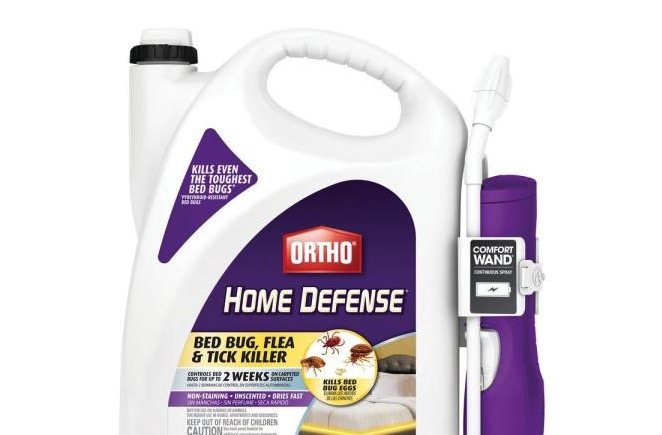
Which is good news for all you DIY experts out there!
If you’re looking for a budget-friendly option, you should opt for bed bug sprays.
Bed bug bombs or aerosols will not persist through the hard-to-reach places where bed bugs like to hide. This is a problem because even one bed bug left behind can cause an infestation to reoccur.
To help choose a bed bug product, check out our complete guide on bed bug sprays.
3. Steam treatment
Similar to heat treatments, steam treatments use high heat temperatures to kill bed bugs…
But in a more focused way.
This method concentrates on specific areas and large items that cannot be put into a dryer, such as curtains, carpets, or large blankets.
This is not recommended as an option to treat large infestations that have penetrated inside the walls and other hard to reach areas, as the steam will not fill the whole room.
4. Fumigation
This method can often be the most expensive and extensive, as the entire structure is covered in tarpaulin and filled with toxic gas.
Think of a circus tent…
Except more deadly.
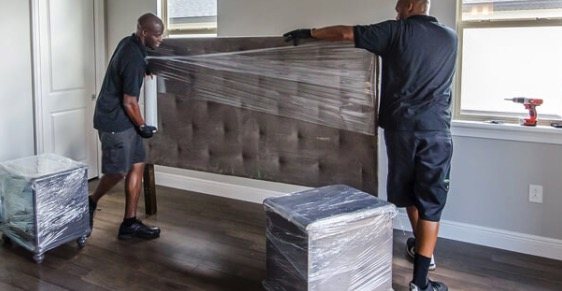
While it is very effective, this method should only used for very extreme infestations and it will require every person to be outside the home for several days.
5. Diatomaceous Earth
This is a powdery substance used to attack bed bugs. It will typically kill bed bugs within a few days after contact.
This product is 100% natural and safe to use.
Essentially with 2 key properties to get rid of insects.
Dehydration: This product peels off the hard waxy coat that is the bed bug exterior.
Damage to the Exoskeleton: Diatomaceous earth can be very sharp and jagged on a microscopic level, which damages the exoskeleton of these pests.
Other Bed Bug Treatment Options
If you are confident in your extermination and deep cleaning skills and have decided to do the treatments on your own…
There are several products you can buy.
Remember, if you’re using chemicals, ensure they’re above board by EPA standards. Make sure to wear all the recommended protective gear.
This includes general PPE gear like masks, gloves, and goggles.
It is important to note that in recent years, bed bugs have evolved resistance to insecticides with pyrethroid.
This is a synthetic compound that was once widely used, so be sure to choose a treatment that is formulated to kill pyrethroid-resistant bed bugs.
A few alternative treatment options to the ones mentioned above are:
1. Rubbing Alcohol:
Alcohol will kill bed bugs on contact, though it must be used cautiously.
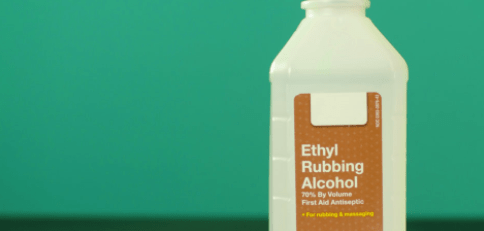
There are many stories of this method going wrong, as in one instance, a Cincinnati woman burned down her apartment building on accident.
2. Bed Bug Traps:
These won’t remove an infestation, but they can capture bed bugs to help identify an infestation and show where bed bugs might be hiding.
Click here to learn more about bed bug traps.
3. Protective Mattress Encasements:
Mattress covers can help protect your mattress from getting infested with bed bugs. Mattresses can be expensive, so this cover can prevent you from having to throw out your mattress as a result of an infestation.
Bed Bug Treatment Cost
The cost of bed bug treatment is based on a few factors.
These include:
- The location of your residence.
- The size of the space or house.
- The age and size of the infestation.
The above factors will play a large part in how much a treatment will cost.
Below is a quick breakdown of the average cost for each of the treatment methods mentioned below.
_________
The average cost for a professional heat treatment is $1.00 to $3.00 per square foot.
The average cost for a chemical treatment being used is about $100 to $500 per room, depending on whether you do it yourself or not.
The steam method costs about $250 to $1,000 per room.
Fumigation will cost about $4.00 to $7.50 per square foot.

________
How Should I Prepare for Bed Bug Treatment?
Let’s take a look at the steps to take in order to prepare for a bed bug treatment.
Step 1: Remove Clutter
Take out everything you can from the infested area and either wash or disinfect the items.
This includes all furniture and electronics as well. If you don’t want to take big pieces out, just pull the furniture at least 2 feet away from the walls.
Step 2: Take the Mattress off the Frame
Take the mattress and box spring off the frame and lean it against the wall.
Don’t throw it away if you don’t have to!
There are safe sprays you can use to treat it. Then once treated, you can put on a protective liner that will prevent bed bugs from getting back in.
Note: You should throw away the box spring backing material before treatment. This thin, filmy material can hold bed bugs easily.
Step 3: Wash/Dry All Clothes
Make sure to launder any clothes or linens that have been around the affected areas, drying them on high heat for at least 30 minutes and then sealing in a plastic bag.

Place any other items that do not need to be laundered in plastic bags and put everything in the center of another room, or somewhere else out of the way.
Step 4: Break Out The Vaccum
Thoroughly vacuum every part of your room. Use vacuum attachments to clean the baseboards, mattress, furniture, and any corners/crevices.
Use a vacuum with a certified HEPA filter if you can.
Clean the vacuum reservoir or throw away the bag right after use.
Be prepared to deal with multiple treatment sessions.
(Especially if you’re using chemicals… You may have to repeat these steps several times).
How Long After Bed Bug Treatment Can I Return Home?
It’s hard to say how long you’ll need to be out of the house. It depends on the type of treatment, the size of the space, and the severity of the infestation. Though on average you can return home anywhere between 4 hours to 3 days.

For instance, fumigations can take days, but you may be able to come back after a few hours if you used the heat or chemical treatments.
Your pest control professional will give you their best recommendation, or if you are conducting the treatment yourself…
There will be instructions on the products you buy.
Natural Bed Bug Treatments
In addition to heat and steam treatments, tea tree oils are a natural substance you can use.
There are also products that contain similar naturally-occurring substances, like fungal spores, that will penetrate the exoskeleton as well.
Beware of using your grandma’s home remedies, though.
Bed bugs are notorious for their ability to survive and if every single one is not exterminated, they will continue to breed and thrive.
